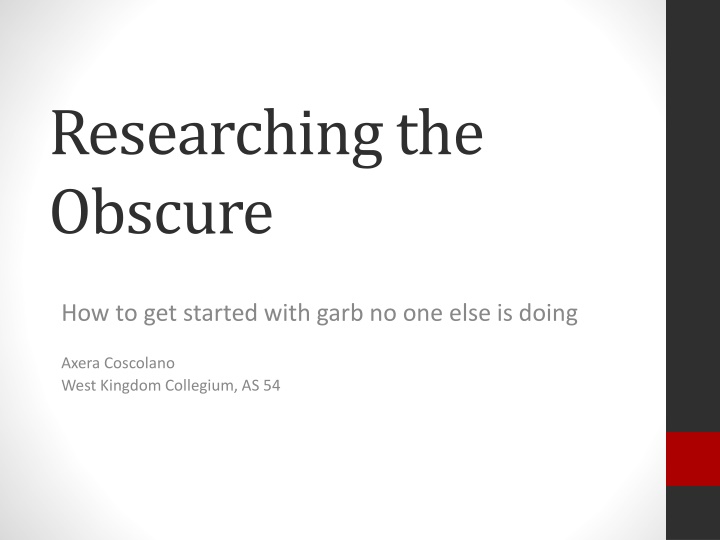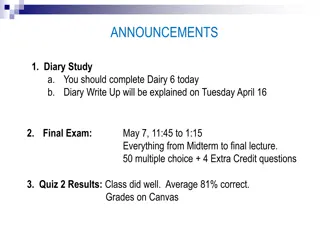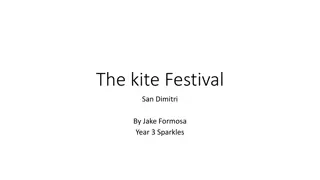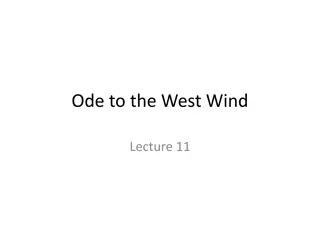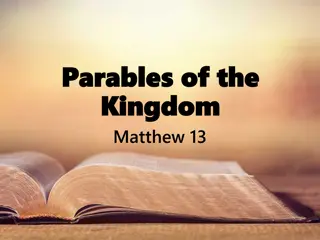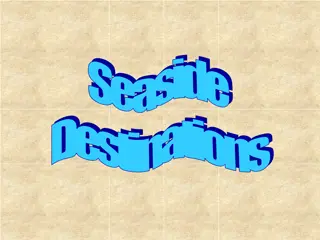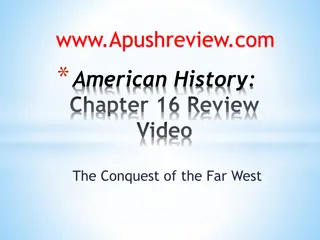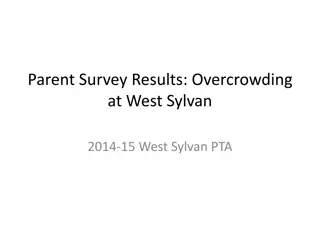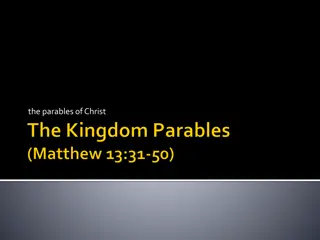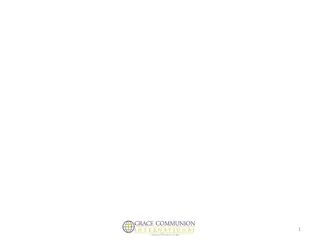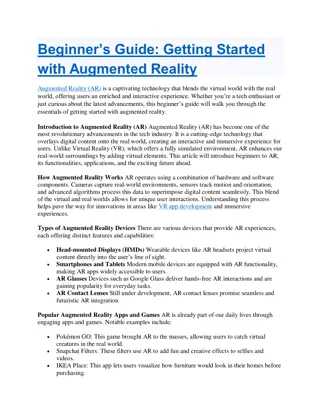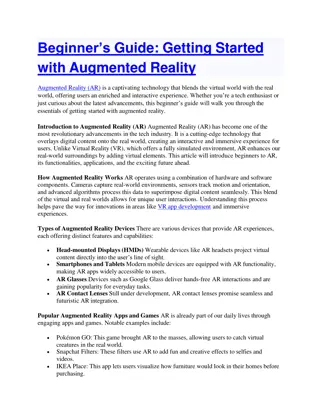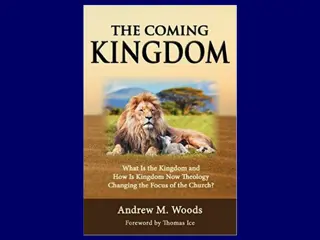Getting Started with Obscure Garb at Axera Coscolano West Kingdom Collegium, AS 54
Researching the obscure garb of Axera Coscolano at the West Kingdom Collegium, AS 54 can be a unique and rewarding journey for those interested in 15th and 16th century Spanish textiles. Delve into extant pieces, period art, and establish timelines to create historically accurate attire.
Download Presentation

Please find below an Image/Link to download the presentation.
The content on the website is provided AS IS for your information and personal use only. It may not be sold, licensed, or shared on other websites without obtaining consent from the author.If you encounter any issues during the download, it is possible that the publisher has removed the file from their server.
You are allowed to download the files provided on this website for personal or commercial use, subject to the condition that they are used lawfully. All files are the property of their respective owners.
The content on the website is provided AS IS for your information and personal use only. It may not be sold, licensed, or shared on other websites without obtaining consent from the author.
E N D
Presentation Transcript
Researching the Obscure How to get started with garb no one else is doing Axera Coscolano West Kingdom Collegium, AS 54
Background & caveats I am not a historian! I am a textile conservation student Case study: 15thand 16thC Spanish How I got started
Pros & Cons of Obscure Garb Pros Cons Avoid reenactorisms Be a pioneer Learn a lot! Spread it! If you mess up there are fewer judges You have to do your own research People will not get your garb Looks like you did something else, but you did it wrong.
Overview 1. Find resources 1. Look for extant pieces 2. Look for artists 3. Look for period writings 4. Look for modern books/compendiums 2. Establish a timeline 3. Look for trends 4. What s missing 5. Learn the history
Find Resources: Extant pieces Start with the big boys: The Met, V&A, LACMA, KCI Collections are searchable but often not intuitive! Move to museums in your area of interest. Feel free to contact them and ask. Some pieces are not available Private collections, small museums without websites, etc. It is easy to miss things! Take this part slowly. Don t frustrate yourself Important enough to be saved== quite wealthy (usually)
Extant Pieces vsArtistic Representation Primary vs Secondary source Did the painter take artistic license? Did they show everything (usually no) Did they understand how fabric moves (ex: RUFFS) We are used to looking at photographs Art is stylized apply it to a real body Ex: 14thC manuscript ladies
Case study: Extant Pieces There are no late 15thC and early 16thC Spanish pieces There are several late 16thC Spanish pieces Men s suit at LACMA Dress ensemble at the Met Dress of Isabella Clara Eugenia in Toledo Farthingale in the Museo Ethnografico de Castilla y Leon There are several pieces in the Spanish style, but not from Spain Early 16thC Spanish and Italian are similar
Find resources: Period Art! Often easiest Multiple artists Beware of reusing clothes
Period Art Pitfalls Beware of title/attribution Pinterest is the biggest offender Try to trace things back to the museum/collection Only one class or style Genre painting comes and goes Allegorical/fancy dress
Case Study: Painters Late 15thC Pedro Berruguete, Pedro Garcia de Benabarre Early 16thC Das Trachtenbuch, Juan de Burgunya, Juan de Flandres Late 16thC Alonso Sanchez Coello
Find Resources: Period Writing My least favorite resource! Many are available online Antique Pattern Library cs.arizona.edu Some are not that is what good modern books are for Translation can be challenging
Case Study: Alcega Tailor s Cutting Manual 1589 Not patterns Small pieces are missing! Many modern interpretations and translations farthingale
Find Resources: Books Sewing books Ie Tudor Tailor, Medieval Tailor s Assistant, Norse Garments Reconstructed Tell you how to make things Resource books Queen Elizabeth s Wardrobe Unlock d, Hispanic Costume Tell you what to make Ideally mostly compiled period sources Do not be afraid to look for academic articles!
Case Study: Books Hispanic Costume by Ruth Anderson Two parts 1. Period accounts of clothing 2. Examples of certain styles in art Spanish Costume at the Courts of Early Modern Europe Scholarly essays about Spanish costume and influence Context! La moda a la Catalunya del segle XIV What happens if the information is in another language?
You have resourcesnow what? Establish a timeline General specific For pre 17th C aim for decades as most specific Fashion transitions smoothly! Ie, 19thC petticoats hoop bustle Fashion also (mostly) trickles down Wealth== most extreme version Try and extrapolate common fashion from court paintings
Look for trends What do you see a lot? What do you see sometimes? What do you never see together? Try and construct an archetypical garment Draw it. How is it trimmed? How would you construct it? Which accessories does it have?
Case Study: Spanish 1520s See a lot: Full sleeves, vertical trim on bodice, wide square neck, cofia y tranzado See sometimes: cuttes on sleeves, split sleeves See never: Farthingales, surprisingly!
Dont forget What s missing? Case study: transitional style between 1520s and 1580s
Remember You will never know everything It is more important to justify your decisions logically
Any questions? Feel free to look over the books!
